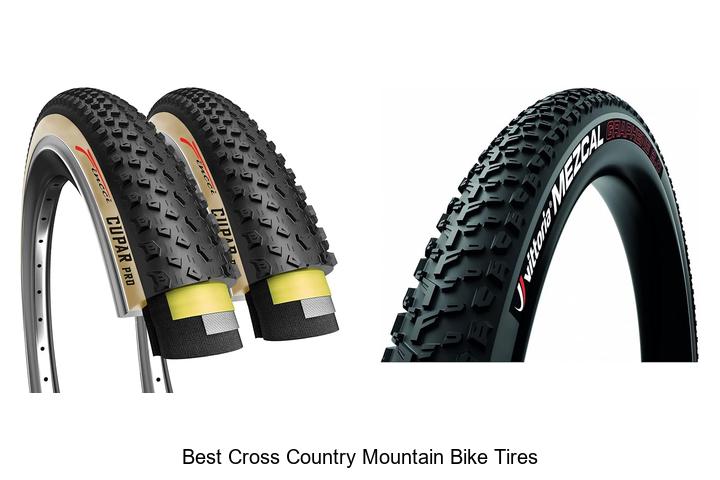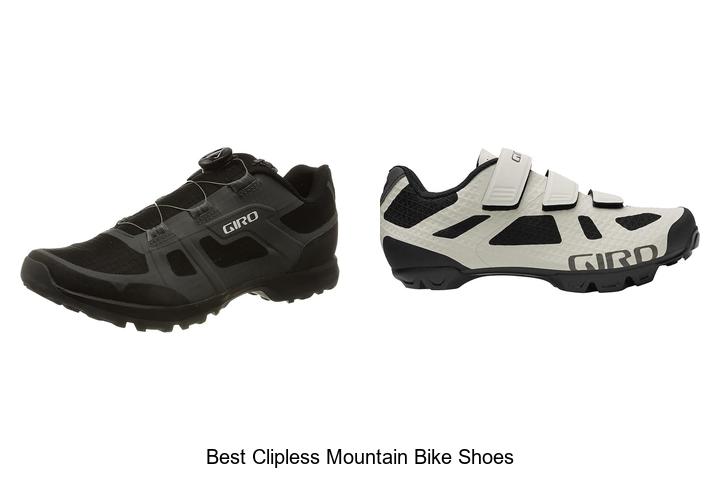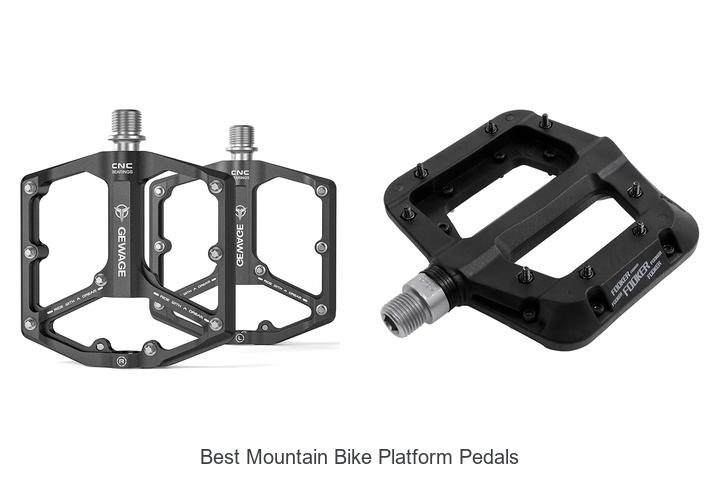How to Store Mountain Bike in Garage: Easy Space-Saving Tips
Key Takeaways
- Proper garage storage protects your mountain bike from weather, dust, and theft while saving indoor space.
- Prepare your garage with good lighting, ventilation, and organization to maintain bike condition and accessibility.
- Choose the right storage method—wall racks, ceiling hoists, or freestanding stands—based on your garage layout and usage.
- Use breathable bike covers and protective gear to prevent damage, rust, and corrosion during storage.
- Regular maintenance and humidity control inside the garage extend your bike’s lifespan and performance.
- Maximize space by combining smart storage solutions and organizing all biking gear for convenience.
Storing your mountain bike in the garage might seem simple, but doing it right can protect your ride and save space. Whether you’re tight on room or want to keep your bike in top shape, knowing the best storage methods makes all the difference.
You’ll want to avoid damage from moisture, dust, and accidental knocks while keeping your garage organized. With the right setup, your mountain bike stays secure and ready for your next adventure. Let’s explore easy and effective ways to store your mountain bike in your garage.
Benefits of Storing Your Mountain Bike in the Garage
Storing your mountain bike in the garage protects it from weather elements like rain, sun, and snow that cause rust and fade the paint. It reduces exposure to dust and dirt, keeping components cleaner and prolonging their lifespan.
Organizing your bike in the garage saves valuable indoor space, preventing clutter in living areas. It also keeps the bike accessible and ready for your next ride without extra effort.
Securing your bike inside the garage lowers the risk of theft compared to outdoor storage. You can use locks or mounts to add an extra layer of security.
Maintaining your mountain bike in a stable, temperature-controlled environment inside the garage prevents damage caused by extreme heat or cold. This stability helps preserve tires, seals, and lubricants.
Your garage provides convenient space for routine maintenance and cleaning. Having your bike close by makes it easier to perform checks and repairs regularly, ensuring optimal performance.
Preparing Your Garage for Bike Storage
Making your garage ready for mountain bike storage protects your bike and keeps the space functional. Focus on creating a clean, well-lit, and ventilated environment to ensure your bike stays in top condition.
Cleaning and Organizing the Space
Clear clutter and sweep the floor to remove dirt and debris that could damage tires or components. Use shelves or storage bins to organize tools, helmets, and accessories. Allocate a dedicated area for your bike to prevent accidental knocks and maintain easy accessibility. Keeping the space tidy helps avoid moisture buildup and dust accumulation around your bike.
Ensuring Proper Lighting and Ventilation
Install bright, energy-efficient lighting to easily inspect and maintain your bike, especially during dim hours. Ventilate the garage by adding vents or a fan to reduce humidity levels that cause rust and mildew. Proper airflow prevents condensation that can degrade bike parts over time, preserving lubricants and seals. Balanced lighting and ventilation enhance both bike care and your overall garage experience.
Best Methods for Storing a Mountain Bike in the Garage
Choosing the right storage method keeps your mountain bike secure and saves garage space. Consider these options based on your garage layout and bike use frequency.
Wall-Mounted Bike Racks
Wall-mounted racks hold your mountain bike vertically or horizontally. Mounting the bike vertically uses less floor space, ideal for smaller garages. Horizontal mounts hold the bike at frame points, reducing pressure on tires. Install racks at a height that keeps the bike off the ground and away from obstacles. Use racks with padded hooks or clamps to protect the bike’s frame from scratches and dents. Ensure the wall studs support the bike’s weight for safe mounting.
Ceiling Hoists and Pulley Systems
Ceiling hoists lift the mountain bike overhead, freeing up floor space completely. Use pulley systems designed for bikes with adjustable straps to secure the frame or wheels. Lower the bike easily when needed by pulling the rope; raise it back out of the way after rides. Verify that ceiling joists can bear the bike’s weight to avoid structural damage. Ceiling storage suits garages with sufficient height and limited wall space.
Freestanding Bike Stands
Freestanding stands provide stable support without permanent installation. Choose stands that fit your bike’s wheel size and weight to ensure stability. Position the stand in accessible areas for frequent use and maintenance. Look for models with rubberized grips to prevent slipping and protect rims. Freestanding stands work well in garages where wall or ceiling mounts are impractical or if you want easy bike relocation.
Tips for Protecting Your Mountain Bike While Stored
Protecting your mountain bike during storage ensures it stays in prime condition. Follow these strategies to prevent damage and extend your bike’s lifespan.
Using Bike Covers and Protective Gear
Use a bike cover made from breathable, water-resistant materials to shield your mountain bike from dust, dirt, and moisture. Choose covers with ventilation panels to avoid trapping humidity, which leads to mold and corrosion. Apply handlebar and pedal protectors to prevent scratches from accidental bumps. Secure frame pads around vulnerable areas like the top tube and chainstay to minimize impact damage. Remove or cover electronic components, such as displays or sensors, to protect them from dust buildup.
Preventing Rust and Corrosion
Clean and dry your mountain bike thoroughly before storing it in the garage to prevent rust. Apply a thin layer of bike-specific lubricant on the chain, cables, and exposed metal parts to create a moisture barrier. Store the bike away from direct contact with concrete floors to avoid moisture absorption; use rubber mats or wooden blocks if necessary. Regularly inspect and maintain tire pressure to prevent flat spots and cracking. Use a dehumidifier or moisture-absorbing packets inside the garage if humidity levels exceed 60%, as this reduces corrosion risk significantly.
Maximizing Space with Smart Storage Solutions
Optimize your garage space by choosing storage solutions that fit its layout and your bike’s size. Use wall-mounted racks to store your mountain bike vertically, which frees up floor space for other equipment or tools. Install ceiling hoists to lift your bike overhead, making the most of unused vertical space while keeping the floor clear. Place freestanding bike stands if you prefer a flexible solution without permanent fixtures, allowing quick bike access and mobility.
Combine storage options to separate your bike from bulky items like lawn equipment or toolboxes. Store helmets, gloves, and repair kits on nearby shelves or hooks to keep all biking gear organized in one area. Select slim or foldable racks when working with narrow garage spaces to avoid clutter and maintain easy movement.
Protect your bike and garage surfaces by adding rubber mats or wall padding under racks. Use adjustable hooks or racks designed specifically for mountain bikes to ensure frame stability without causing scratches or dents. Label storage zones clearly to simplify the process of grabbing your bike and accessories, reducing setup time before rides.
Conclusion
Storing your mountain bike in the garage the right way keeps it safe, secure, and ready for your next ride. With the right setup and protective measures, you’ll prevent damage and extend your bike’s lifespan.
A well-organized garage not only saves space but also makes maintenance and access easier. By investing a little time in proper storage, you’re protecting your gear and ensuring it performs at its best every time you hit the trails.



